May 14, 2025 | 15:16 GMT +7
May 14, 2025 | 15:16 GMT +7
Hotline: 0913.378.918
May 14, 2025 | 15:16 GMT +7
Hotline: 0913.378.918
In Hoa Binh, the Department of Plant Protection (Ministry of Agriculture and Rural Development) in collaboration with CropLife Vietnam, Association of Pesticide Businesses, have organized testing, demonstration, and evaluation of the effectiveness of some pesticides on rice plants and the effects of pesticides on rice when applied using unmanned aerial vehicles (UAVs).
This is an activity within a series of testing and evaluation programs by the Department of Plant Protection with the aim to provide guidance on the application of pesticides using drones to prevent pests and diseases in crops.
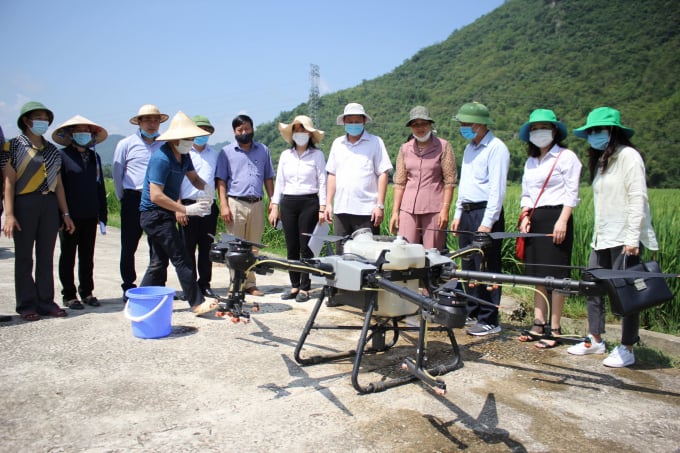
Heads of the Department of Plant Protection inspecting the testing of the pesticide spraying drone in Chieng Chau commune (Mai Chau, Hoa Binh). Photo: Trung Quan.
The test site for the pesticide spraying drone is located in Chieng Chau commune (Mai Chau, Hoa Binh). The drone used for testing is a T30 provided by IFLIGHT Vietnam Air Devices Joint Stock Company. The device's spray tank capacity is 10 liters, with a maximum flight speed of 10-15m/s, spray width of 4-6m, and sprays one tank in about nine minutes. The device has a radar module capable of sensing obstacles from 30m away...
Four rice crops infected with four different pests, including rice stem borers, rice false smut, brown planthoppers and leaf rollers, were sprayed with pesticides using the drone to evaluate its effectiveness and efficiency. Four types of pesticides were used: Prevathon 5SC (insecticide for rice leaf rollers), Prevathon 5SC (for rice stem borers), Quilt 200SE (for rice false smut), and Dupont™ Pexena™ 106SC (for brown planthoppers).
This testing and evaluation of the effectiveness of pesticide spraying using drones strictly followed the procedures set out by the Department of Plant Protection. Compared to the spraying method using the traditional sprayer, the amount of pesticide liquid used by drones is usually 5% - 10% of the amount used in traditional methods depending on the plant and the pest. Droplet size depends on the spray system on the drone, but the size can be adjusted from 25 to 200 µm.
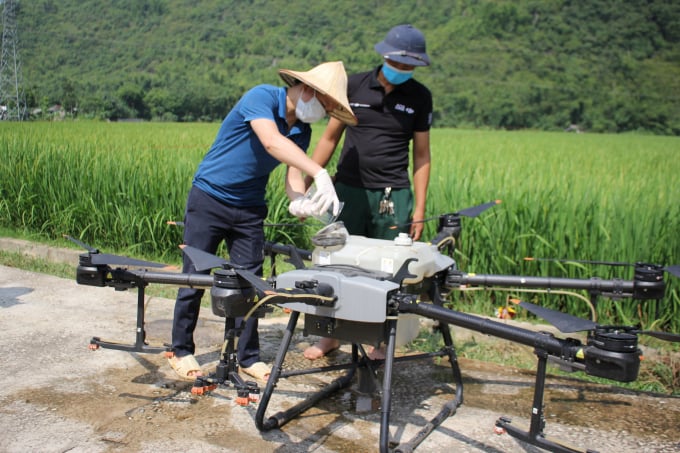
The testing of pesticide spraying drones strictly complies with the procedures from the Department of Plant Protection. Photo: Trung Quan.
The droplet size is adjusted accordingly to the pesticide type, crop type, pest, temperature conditions, air humidity and wind speed at the time of spraying, so as to reduce evaporation or scattering and optimize the contact of the drug to both the plant part in need of treatment and the pest.
The testing agency of the Department of Plant Protection will evaluate the data of pesticide distribution onto plant parts, pest control effectiveness and the effects of pesticides on plants based on the National Technical Regulations and basic standards for testing pesticides' biological efficacy in the field...
Simultaneously, it will fully record all relevant information on pesticides, pest treatment, and tested plants such as data on adjustment of pesticide equipment (UAV and shoulder pump); results of pesticide treatment operations (movement speed, actual amount of pesticide used in each testing plot and data converted to l/ha); additional information during pesticide handling (changes arising during operation such as equipment malfunction, strong wind halting the process); data on the progress of weather conditions during the testing process; data on the impact of the UAV equipment on crops (degree of falling, breakage of crops).
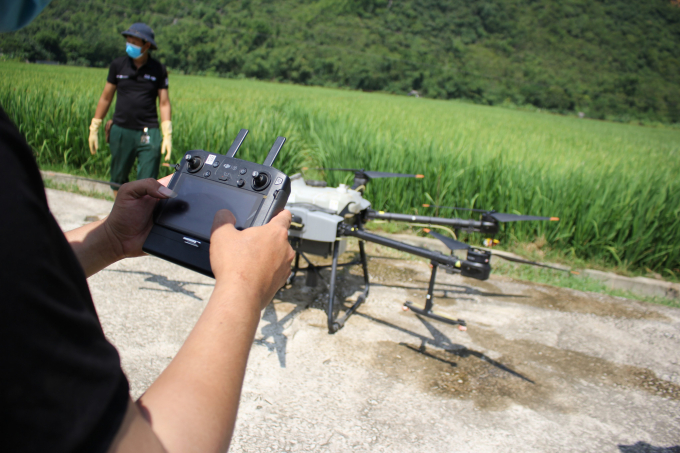
The test results will be an important basis to analyze and evaluate the effectiveness and efficiency of spraying using drones to control pests and diseases. Photo: Trung Quan.
The results of the tests will be synthesized and analyzed, comparing between the pest control effectiveness of using both UAVs and traditional methods. Further research for application can be proposed, gradually improving the operating process for each type of UAV with suitable type of pesticide, crop and pest, ensuring high efficiency and safety before being recommended for widespread application in production.
According to the Department of Plant Protection, in the past 10 years, drones have developed very rapidly and are widely used in many countries around the world, yielding many benefits for agricultural production.
According to the assessment, it is possible to use drones to map and monitor production areas; manage crops, livestock, fisheries, forests and other natural resources; support irrigation management and disaster observation; spray pesticides to prevent pests, fertilize, and sow seeds.
The application of drones to spray pesticides is becoming more popular in Asia. The use of drones to spray pesticides has outstanding advantages in terms of accuracy, reducing labor costs, and protecting the farmers' health because they are not exposed to pesticides... Drones have been highly effective in preventing harmful organisms such as desert locusts in some countries.
In Vietnam, over the past few years, many businesses have actively researched, tested and used pesticide spraying drones. However the application of pesticide spraying drones on an effective, scientific basis and in accordance with the law still requires further comprehensive evaluation in terms of their technical aspects, usage efficiency, economic efficiency and operation process.

Preparation of pesticides for drones requires high technical requirements because the amount of water used is little. Photo: Trung Quan.
Mr. Huynh Tan Dat, Deputy Director of the Department of Plant Protection said: "Following the direction by the Ministry of Agriculture and Rural Development, the Department of Plant Protection will coordinate with associations, drone suppliers, pesticide manufacturing businesses and eligible organizations to conduct trials on many localities and many crops, thereby making objective assessments, complete with scientific evidence in accordance with Vietnamese and international standards and regulations on all safety criteria for users, the environment and agriculture."
On that basis, a general guideline document for all drone devices has been developed. It includes a detailed assessment table specifying the types of pesticides currently used in agricultural production in Vietnam by drones, with an aim towards sustainable agricultural development, reducing resource and input costs.
In Vietnam in recent years, the use of drones in agriculture (most commonly pesticides spraying) has been imported and expanded by some companies as a service in many localities across the country.
However, at present, in the list of pesticides permitted for use in Vietnam, pesticides are only licensed for use with conventional spraying equipment (shoulder pumps, machine sprayers, etc.). Therefore, to use drones for pesticide spraying, it is necessary to conduct studies and evaluations on the effectiveness of pest prevention and the operation processes to ensure safety and effectiveness.

The use of pesticide spraying drones still encounters many problems that require deep research and evaluation, in particular technique, usage efficiency, economic efficiency and instructions for safe use. Photo: Trung Quan.
The biological effectiveness of pesticide spraying using drones is an important issue because when pesticides are sprayed in free fall, the water droplets are too small and will evaporate before contacting the plants, so the effectiveness requires specific assessment.
The safety for humans when spraying pesticides using drones also needs to be evaluated, studied and guided. Due to the concentrated amount of pesticides, acute poisoning can occur. Additionally, assessment of the safety level of using drones to spray pesticides for crops, aquatic animals, and bees in the area is also a matter that needs to be considered and evaluated from many perspectives.
In addition, not all pesticides can be sprayed with drones, due to different pesticide forms, mechanisms of pesticide actions of pesticides, plants, and characteristics of harmful organisms. Pesticides sprayed using drones will not come into contact with harmful organisms on the underside of foliage, under trees, in their trunks, or in the ground.
Some forms of pesticides can clog the nozzles due to their poor solubility in water, making them ineffective when used. In addition, mixing pesticides for drone spraying requires high technical requirements because the amount of water used is little: if too much pesticide is used, it will be difficult to dissolve and disperse evenly in water.
The use of drones in the field has some limitations such as stability and accuracy of the device, the impact of aerodynamics on single or multi-rotor devices, and interaction with environmental factors (temperature, humidity, wind speed, etc.).
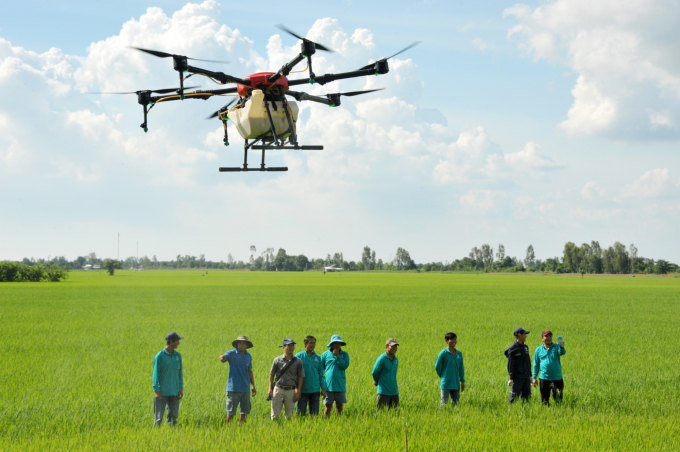
In the past, many units and businesses have utilized drones to spray pesticides, most commonly on rice, but there have been no studies, evaluations or strict processes. Photo: TL.
On some crops such as fruit trees and tea, the use of drones needs to be selective, determined by factors such as the intercropping with windbreaks or the size of the canopy, because the possibility of contact with plants and harmful organisms can be too low when drones can only fly at a stable altitude.
The use of pesticide spraying drones has high product costs, so it is only applicable for farmer households or large-scale agricultural production organizations as agricultural production in Vietnam is still fragmented and small-scale.
Additionally, the use of pesticide spraying drones requires a professional team trained in the use of this equipment. Use of this equipment must be licensed by the Ministry of National Defense and managed by many related ministries and branches such as the Ministry of Industry and Trade and the Ministry of Public Security.
"In the future, the Department of Plant Protection will coordinate with the National Center for Agricultural Extension to develop a master plan to research, complete the testing process and give guidance to use drones safely and effectively in plant protection and conduct evaluation for some pesticides that can be used for drones.
At the same time, the Department of Plant Protection will call for organizations and individuals utilizing pesticide spraying drones to understand the provisions of relevant laws; support localities to build service groups using drones to ensure security, safety, efficiency and compliance with the law; coordinate with the Ministry of National Defense, the Ministry of Public Security and the Ministry of Industry and Trade in guiding businesses to supply and use flying equipment in accordance with regulations, ensuring national security, social order and safety."
(Mr. Huynh Tan Dat, Deputy Director of Department of Plant Protection)
Translated by Nguyen Hai Long
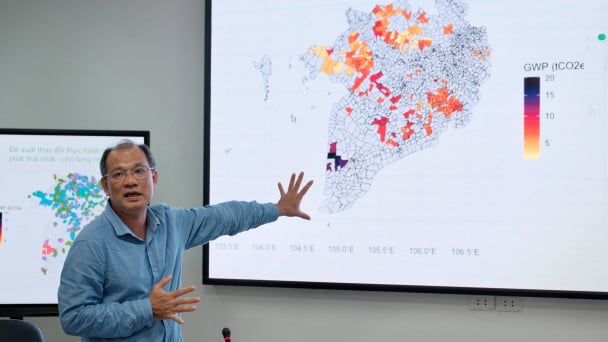
(VAN) Data from 10,000 farming households will help professionalize production organization and support the implementation of the One Million Hectares Program for High-Quality, Low-Emission Rice Cultivation.
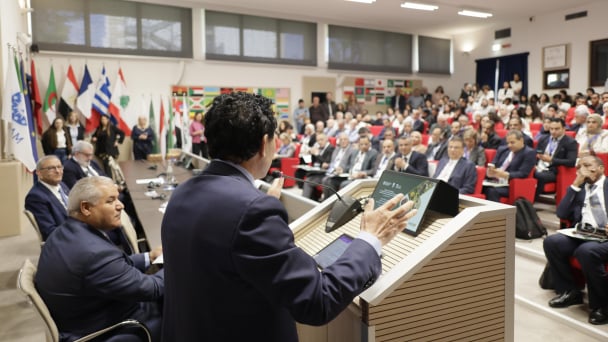
(VAN) FAO Director-General QU Dongyu marks International Day of Plant Health at NENA conference.
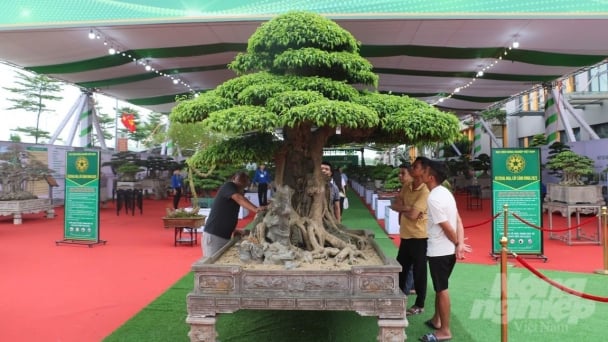
(VAN) Deputy Minister of Agriculture and Environment Hoang Trung affirmed that floriculture and ornamental plants are a growing industry that receives significant global attention.

(VAN) The three staple crops dominating modern diets – corn, rice and wheat – are familiar to Americans. However, fourth place is held by a dark horse: cassava.
/2025/05/10/4037-3-223011_495.jpg)
(VAN) Remote sensing technology is becoming an indispensable tool in monitoring resources, developing modern agriculture, and protecting the environment in Vietnam.
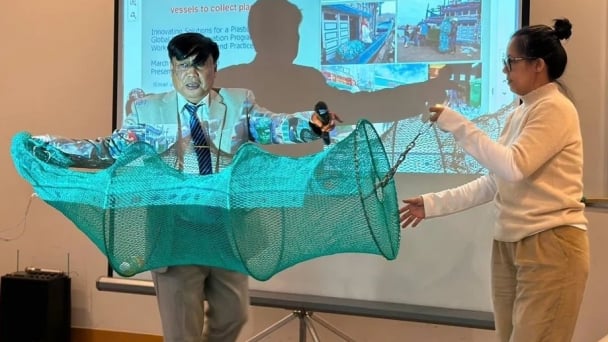
(VAN) The trash bag used on fishing vessels can withstand rough sea conditions, including level 8 to level 10 winds and waves. Notably, it can be hung anywhere on the boat.
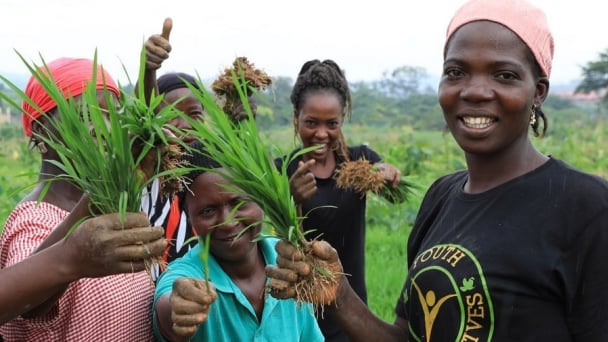
(VAN) African leaders launched the Kampala Declaration on Building Resilient and Sustainable Agrifood Systems in Africa, marking a bold step toward transforming the continent's agriculture.